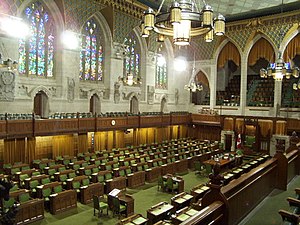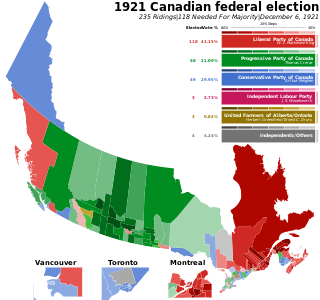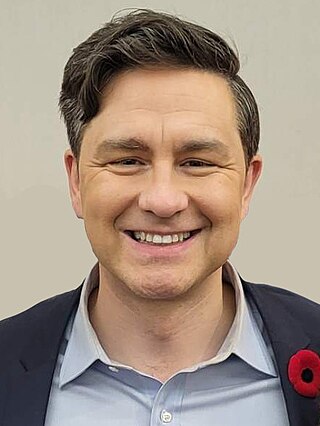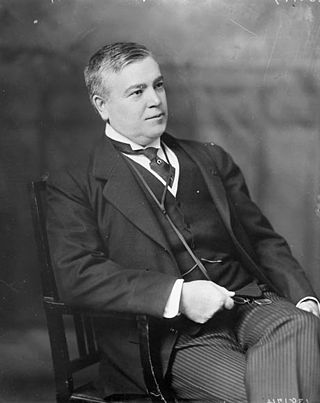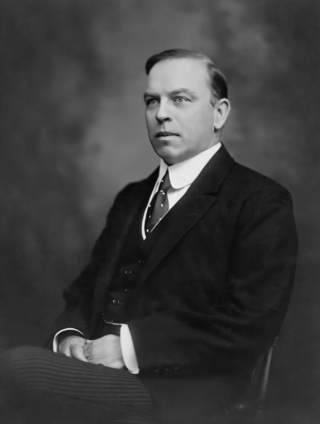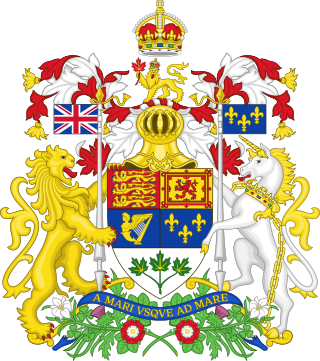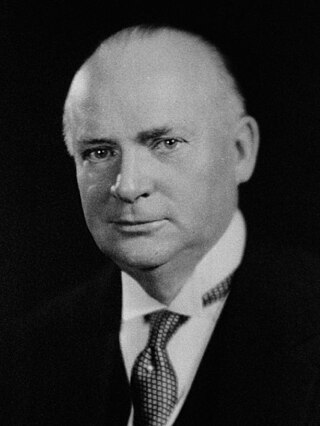| Diagram [nb 1] | Parliament
Election [1] [2]
Sessions [3] | Duration
(from return of the writs to dissolution) [4] | Government | Opposition |
|---|
Governing Party [2] [5]
• Prime Minister [2] [6] — Ministry [2] [5] [7] | Seat counts as of election [2] [8] [9] | Official Opposition Party [10]
• Leader of the Opposition [10] | Third Parties with official party status |
|---|
|
 | 1st Canadian Parliament
Elected 1867
5 sessions | Sep 24, 1867
–
Jul 8, 1872 | Conservative Party | 100 of 180 House seats [nb 2] | none | |
 | 2nd Canadian Parliament
Elected 1872
2 sessions | Sep 3, 1872
–
Jan 2, 1874 | Conservative Party (1872–1873) | 99 of 200 House seats [nb 3]
| Liberal Party | none |
| Liberal Party (1873–1874) [nb 4] | 95 of 200 House seats (minority) | Conservative Party |
 | 3rd Canadian Parliament
Elected 1874
5 sessions | Feb 21, 1874
–
Aug 16, 1878 | Liberal Party | 129 of 206 House seats | Conservative Party | none |
 | 4th Canadian Parliament
Elected 1878
4 sessions | Nov 21, 1878
–
May 18, 1882 | Conservative Party | 134 of 206 House seats | Liberal Party | none |
 | 5th Canadian Parliament
Elected 1882
4 sessions | Aug 7, 1882
–
Jan 15, 1887 | Conservative Party | 133 of 211 House seats | Liberal Party | none |
 | 6th Canadian Parliament
Elected 1887
4 sessions | Apr 13, 1887
–
Feb 3, 1891 | Conservative Party | 122 of 215 House seats | Liberal Party | none |
 | 7th Canadian Parliament
Elected 1891
6 sessions | Apr 7, 1891
–
Apr 24, 1896 | Conservative Party [nb 5] | 117 of 215 House seats | Liberal Party | none |
 | 8th Canadian Parliament
Elected 1896
5 sessions | Jul 13, 1896
–
Oct 9, 1900 | Liberal Party | 117 of 213 House seats | Conservative Party | none |
 | 9th Canadian Parliament
Elected 1900
4 sessions | Dec 5, 1900
–
Sep 29, 1904 | Liberal Party | 128 of 213 House seats | Conservative Party | none |
 | 10th Canadian Parliament
Elected 1904
4 sessions | Dec 15, 1904
–
Sep 17, 1908 | Liberal Party | 137 of 214 House seats | Conservative Party | none |
 | 11th Canadian Parliament
Elected 1908
3 sessions | Dec 3, 1908
–
Jul 29, 1911 | Liberal Party | 133 of 221 House seats | Conservative Party | none |
 | 12th Canadian Parliament
Elected 1911
7 sessions | Oct 7, 1911
–
Oct 6, 1917 | Conservative Party | 132 of 221 House seats | Liberal Party | none |
 | 13th Canadian Parliament
Elected 1917
5 sessions | Mar 16, 1918
–
Oct 4, 1921 | Unionist coalition (1918–1920) | 153 of 235 House seats (coalition) [nb 6] | Laurier Liberals | none |
| National Liberal and Conservative Party (1920–1921) |
 | 14th Canadian Parliament
Elected 1921
4 sessions | Jan 15, 1922
–
Sep 5, 1925 | Liberal Party | 118 of 235 House seats [nb 7] | Conservative Party [nb 8] | |
 | 15th Canadian Parliament
Elected 1925
1 session | Dec 7, 1925
–
Jul 2, 1926 | Liberal Party (1925–1926) | 100 of 245 House seats (minority) [nb 9] | Conservative Party (1925–1926) | |
| Conservative Party (1926) | 115 of 245 House seats (minority) [nb 10] | Liberal Party (1926) |
 | 16th Canadian Parliament
Elected 1926
4 sessions | Nov 2, 1926
–
May 30, 1930 | Liberal Party | 116 of 245 House seats (minority) [nb 11] | Conservative Party | none |
 | 17th Canadian Parliament
Elected 1930
6 sessions | Aug 18, 1930
–
Aug 14, 1935 | Conservative Party | 134 of 245 House seats | Liberal Party | none |
 | 18th Canadian Parliament
Elected 1935
6 sessions | Nov 9, 1935
–
Jan 25, 1940 | Liberal Party | 173 of 245 House seats | Conservative Party | |
 | 19th Canadian Parliament
Elected 1940
6 sessions | Apr 17, 1940
–
Apr 16, 1945 | Liberal Party | 179 of 245 House seats | Conservative Party [nb 12] | none |
 | 20th Canadian Parliament
Elected 1945
5 sessions | Aug 9, 1945
–
Apr 30, 1949 | Liberal Party | 118 of 245 House seats | Progressive Conservative Party | |
 | 21st Canadian Parliament
Elected 1949
7 sessions | Aug 29, 1949
–
Jun 13, 1953 | Liberal Party | 191 of 262 House seats | Progressive Conservative Party | |
 | 22nd Canadian Parliament
Elected 1953
5 sessions | Oct 8, 1953
–
Apr 12, 1957 | Liberal Party | 169 of 265 House seats | Progressive Conservative Party | |
 | 23rd Canadian Parliament
Elected 1957
1 session | Aug 8, 1957
–
Feb 1, 1958 | Progressive Conservative Party | 111 of 265 House seats (minority) | Liberal Party | |
 | 24th Canadian Parliament
Elected 1958
5 sessions | Apr 30, 1958
–
Apr 19, 1962 | Progressive Conservative Party | 208 of 265 House seats | Liberal Party | none |
 | 25th Canadian Parliament
Elected 1962
1 session | Jul 18, 1962
–
Feb 6, 1963 | Progressive Conservative Party | 116 of 265 House seats (minority) | Liberal Party | |
 | 26th Canadian Parliament
Elected 1963
3 sessions | May 8, 1963
–
Sep 8, 1965 | Liberal Party | 128 of 265 House seats (minority) [nb 13] | Progressive Conservative Party | |
 | 27th Canadian Parliament
Elected 1965
2 sessions | Dec 9, 1965
–
Apr 23, 1968 | Liberal Party | 131 of 265 House seats (minority) [nb 14] | Progressive Conservative Party | |
 | 28th Canadian Parliament
Elected 1968
4 sessions | Jul 25, 1968
–
Sep 1, 1972 | Liberal Party | 154 of 264 House seats | Progressive Conservative Party | |
 | 29th Canadian Parliament
Elected 1972
2 sessions | Nov 20, 1972
–
May 9, 1974 | Liberal Party | 109 of 264 House seats (minority) | Progressive Conservative Party | |
 | 30th Canadian Parliament
Elected 1974
4 sessions | Jul 31, 1974
–
Mar 26, 1979 | Liberal Party | 141 of 264 House seats
76 of 102 Senate seats | Progressive Conservative Party | |
 | 31st Canadian Parliament
Elected 1979
1 session | Jun 11, 1979
–
Dec 14, 1979 | Progressive Conservative Party | 136 of 282 House seats (minority)
18 of 104 Senate seats | Liberal Party | |
 | 32nd Canadian Parliament
Elected 1980
2 sessions | Mar 10, 1980
–
Jul 9, 1984 | Liberal Party | 147 of 282 House seats
71 of 104 Senate seats | Progressive Conservative Party | |
 | 33rd Canadian Parliament
Elected 1984
2 sessions | Sep 24, 1984
–
Oct 1, 1988 | Progressive Conservative Party | 211 of 282 House seats
23 of 104 Senate seats | Liberal Party | |
 | 34th Canadian Parliament
Elected 1988
3 sessions | Dec 12, 1988
–
Sep 8, 1993 | Progressive Conservative Party | 169 of 295 House seats
36 of 104 Senate seats [nb 15] | Liberal Party | |
 | 35th Canadian Parliament
Elected 1993
2 sessions | Nov 15, 1993
–
Apr 27, 1997 | Liberal Party | 177 of 295 House seats
41 of 104 Senate seats | Bloc Québécois | |
 | 36th Canadian Parliament
Elected 1997
2 sessions | Jun 23, 1997
–
Oct 22, 2000 | Liberal Party | 155 of 301 House seats
51 of 104 Senate seats | Reform Party (1997–2000) | |
| Canadian Alliance (2000) |
 | 37th Canadian Parliament
Elected 2000
3 sessions | Dec 18, 2000
–
Aug 23, 2004 | Liberal Party | 172 of 301 House seats
55 of 105 Senate seats | Canadian Alliance (2000–2004) | |
| Conservative Party (2004) | |
 | 38th Canadian Parliament
Elected 2004
1 session | Oct 19, 2004
–
Nov 29, 2005 | Liberal Party | 135 of 308 House seats (minority) [nb 16]
64 of 105 Senate seats | Conservative Party | |
 | 39th Canadian Parliament
Elected 2006
2 sessions | Feb 13, 2006
–
Sep 7, 2008 | Conservative Party | 124 of 308 House seats (minority)
23 of 105 Senate seats | Liberal Party | |
 | 40th Canadian Parliament
Elected 2008
3 sessions | Nov 4, 2008
–
Mar 26, 2011 | Conservative Party | 143 of 308 House seats (minority)
21 of 105 Senate seats | Liberal Party | |
 | 41st Canadian Parliament
Elected 2011
2 sessions | May 23, 2011
–
Aug 2, 2015 | Conservative Party | 166 of 308 House seats
52 of 105 Senate seats | New Democratic Party | |
 | 42nd Canadian Parliament
Elected 2015
1 session | Dec 3, 2015
–
Sep 11, 2019 | Liberal Party | 184 of 338 House seats
0 of 105 Senate seats | Conservative Party | |
 | 43rd Canadian Parliament
Elected 2019
2 sessions | Dec 5, 2019
–
Aug 15, 2021 | Liberal Party | 157 of 338 House seats (minority)
0 of 105 Senate seats | Conservative Party | |
 | 44th Canadian Parliament
Elected 2021 | Nov 22, 2021
–
present | Liberal Party | 160 of 338 House seats (minority)
0 of 105 Senate seats | Conservative Party | |
